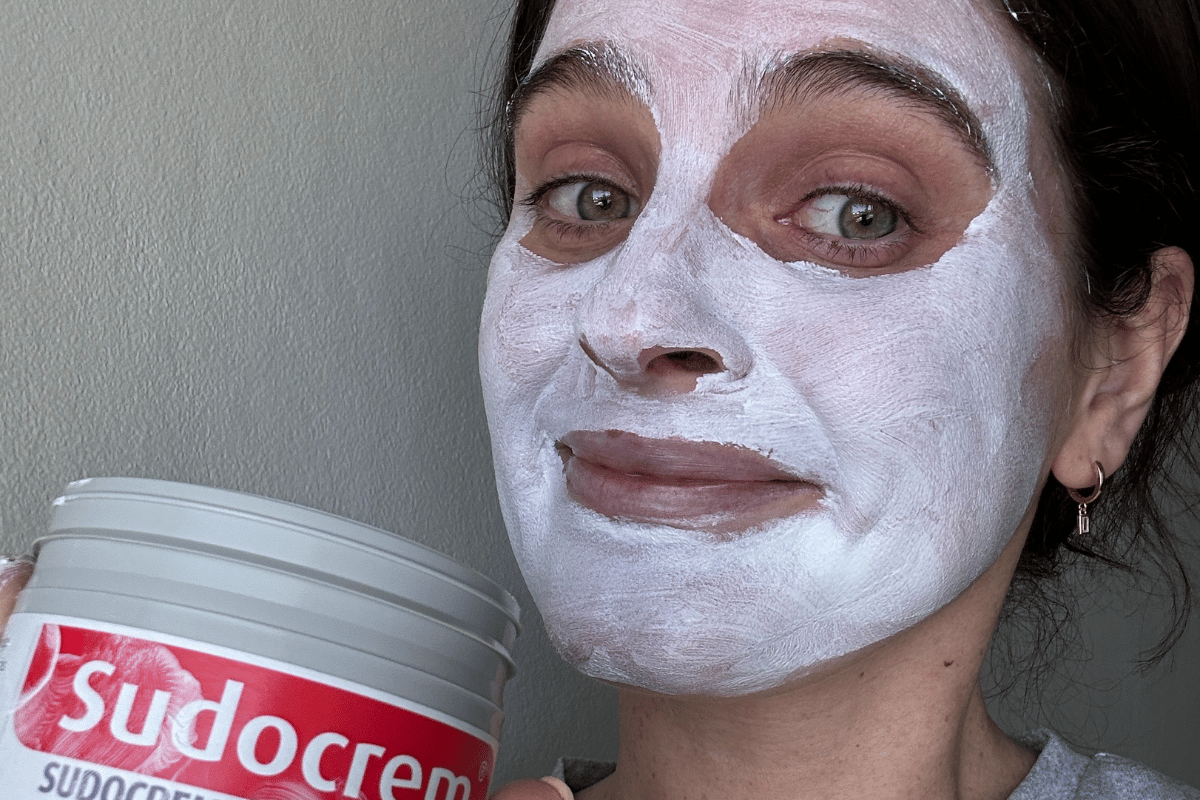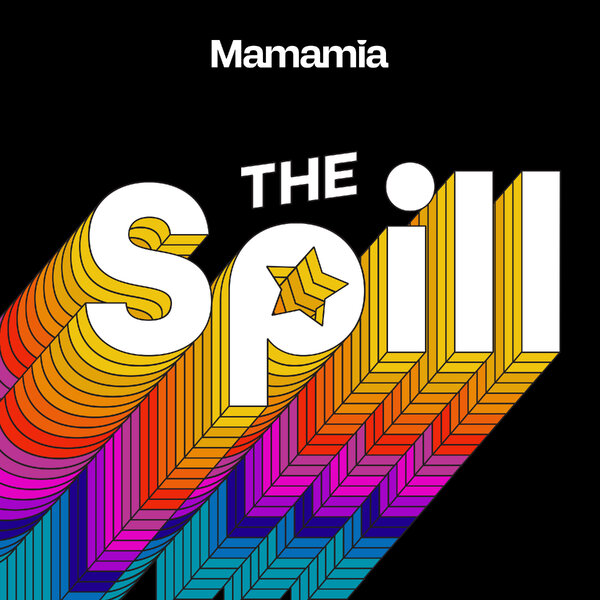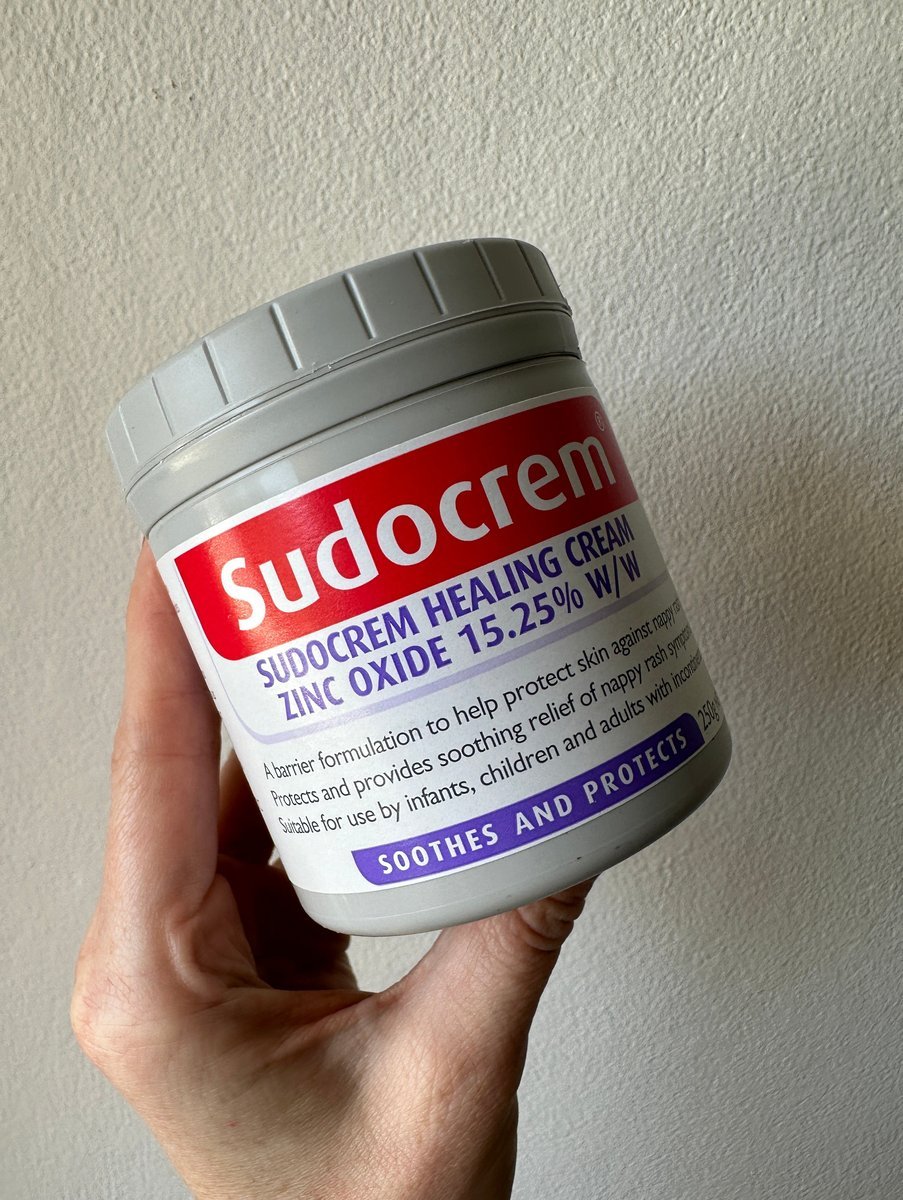
Mamamia’s Tried and Tested series is your review of the latest to hit our desks in beauty, health and wellbeing. You won’t find any #sponsored content here, just honest, relatable and independent advice. This week, Mamamia's Beauty Editor trials the 'face basting' skincare technique.
As Mamamia's designated beauty tester, I put a lot of things on my face. In the name of... science. 10 layers of foundation. Lube. Vaseline. Snail jizz. Look, the list goes on. But you know what my face has really been hankering to try, since forever? Nappy cream, apparently.
And how good, because as I doomscrolling researching new beauty trends, I just so happened come across this skincare technique that involves using LOTS of it. It's called 'face basting' and the results look insanely... good.
Originally posted by dermatologist Dr Shereene Idriss (@shereeneidriss on Instagram), the trend looks like it involves slathering copious amounts of nappy cream on your face before going to bed and waking up with plump, soft skin.































































































